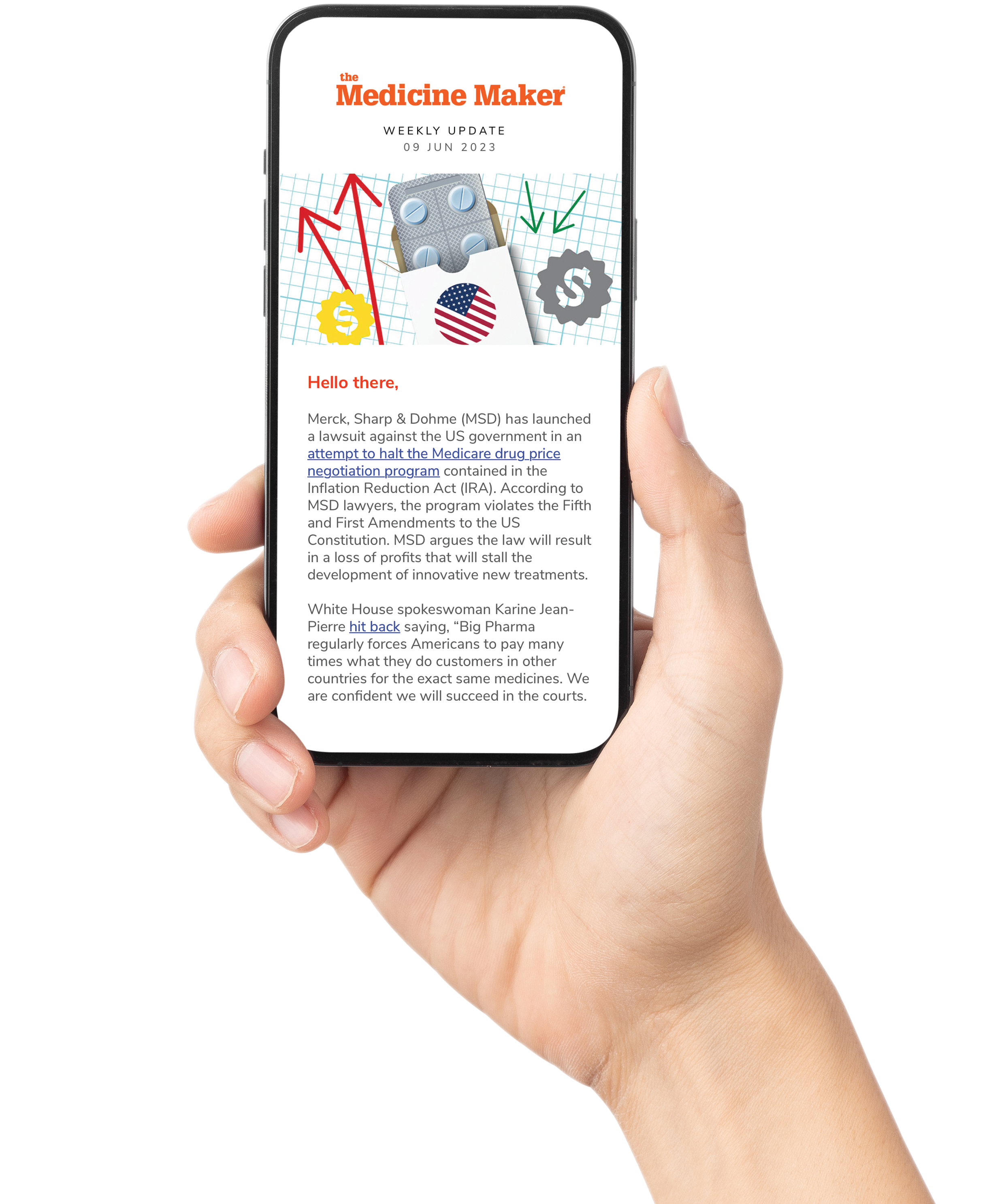
Peptide therapeutics hold great promise, but technical challenges and trial-and-error development cycles make progress slow. BioDuro and Atombeat aim to change this through a new collaboration that combines AI with high-throughput peptide synthesis to cut costs, shorten timelines, and expand discovery.
Traditional peptide discovery relies on natural products and screening technologies, such as mRNA display and phage display. These approaches have advanced the field, but they can still involve lengthy timelines and may produce false positives, which limits efficiency. The BioDuro-Atombeat partnership seeks to overcome these barriers by tightly integrating computational design with experimental validation.

YuYan Chen, Director, Chemistry, BioDuro, describes the process of turning AI-designed peptides into tangible candidates: “First of all, this is not an easy task. We not only need to achieve efficient batch synthesis, but ensure that the crude purity of each peptide is within the acceptable range for biological tests.”
That emphasis on reproducible synthesis highlights one of the biggest challenges in peptide development: controlling chemistry at scale. Peptides are classified by chain length and structural features, with tailored condensation and cleavage conditions. Choosing the right resin, for example, depends on the peptide’s C-terminal structure and length, and careful control of synthesis conditions helps maintain efficiency.
Another major hurdle is peptide stability, particularly against proteolytic degradation. This is where Atombeat’s contribution becomes crucial. The team’s strategy involves incorporating non-natural amino acids and using cyclization to lock peptides into compact, protease-resistant forms.
Pharmacokinetics present additional complexity. While half-life and tissue distribution are difficult to predict, some aspects – such as permeability – can sometimes be modeled, albeit with limitations. Reproducibility remains a key concern, but Chen notes that batch purity is consistent due to uniform synthesis and materials. In practice, variability can still occur, but careful process control helps minimize it. With these methods, BioDuro can reliably supply both linear and cyclic peptides for downstream testing.

Both Chen and Dongdong Wang, Co-Founder and Head of Computational Biology, Atombeat, stress that technology is only part of the story. As Wang puts it: “AI is transforming the field, but it’s augmenting, not replacing the players. What it does is amplify the reach of human expertise. Tasks like high-throughput virtual screening or exploring unconventional chemical spaces are now faster and more comprehensive, but it still takes a scientist’s intuition to interpret results, spot anomalies, and make the final calls.”
By combining algorithmic insight with synthesis precision, the collaboration aims to both accelerate timelines and expand the range of viable therapeutic candidates. According to Chen, the partnership was a natural fit: “To accelerate drug development, we need each other. It is a win-win cooperation. Algorithms can rapidly generate multi-peptide sequences with high activity and stability, reducing the costs associated with traditional trial-and-error methods. The swift conversion of those AI-designed sequences into actual molecules by high-throughput peptide synthesis and a direct biology test platform enable iterative optimization of the AI model. The traditional ‘design-synthesis-testing’ cycle, which typically takes several months, has been shortened to just a few weeks.”
For Wang, the collaboration was also about building a robust platform: “From the beginning, we knew that AI predictions without experimental validation would never be enough. Our computational team partnered with BioDuro's synthetic lab, and together we built a feedback loop: from AI designs to rapid synthesis to experimental validation to model refinement. That integration allows us to move fast, fail smart, and scale insights in a way that pure-software or pure-wet-lab players cannot.”
“One does not need to be a coder to run advanced models anymore,” Wang concludes. “AI agents are democratizing access. The real magic happens when you combine that accessibility with the hard-earned judgment of computational chemists, medicinal chemists, structural biologists, and pharmacologists. That human-AI partnership is where the next generation of drug discovery will flourish.”




